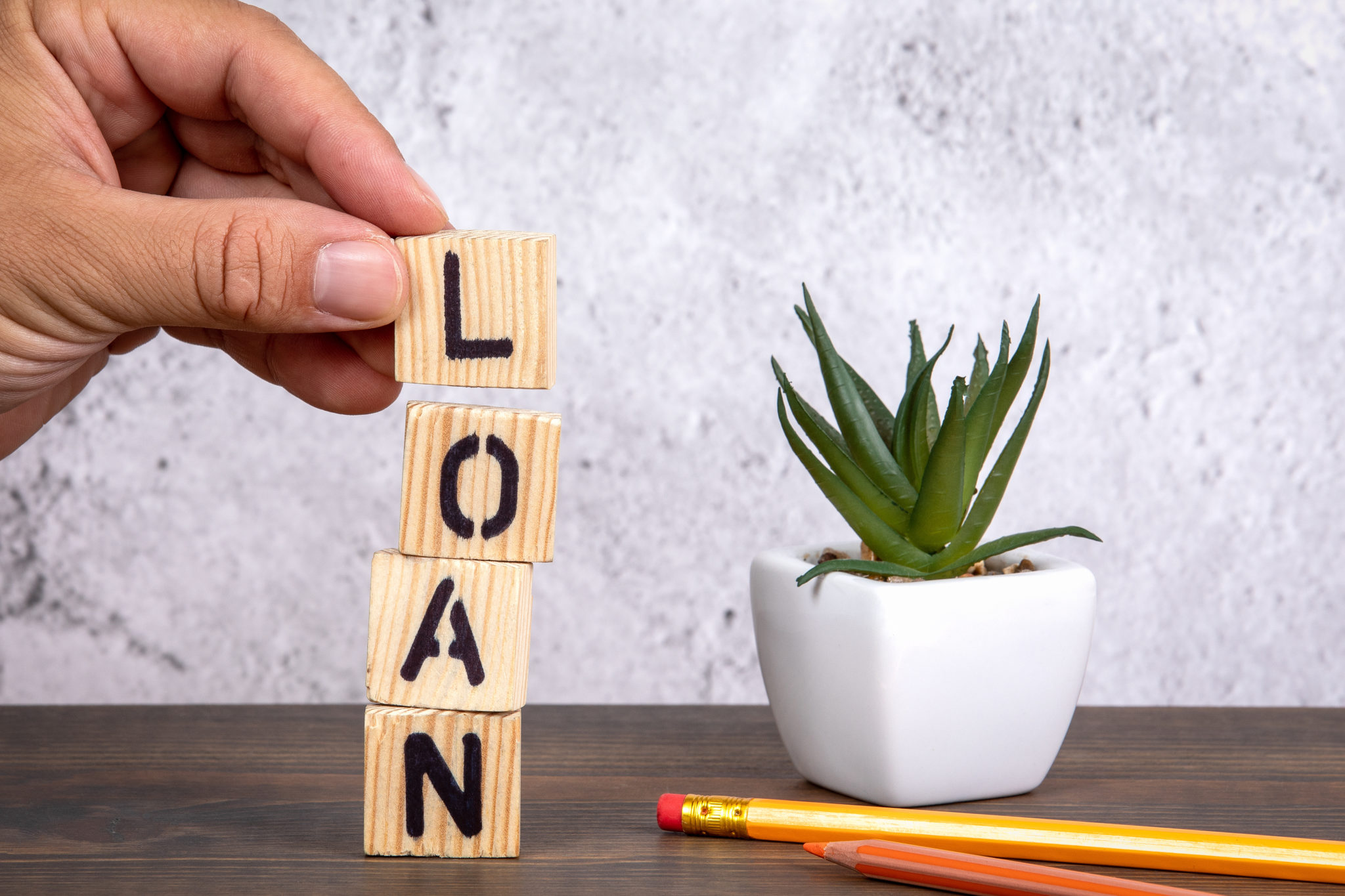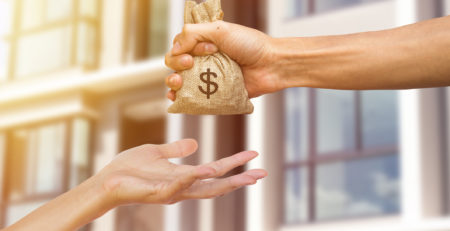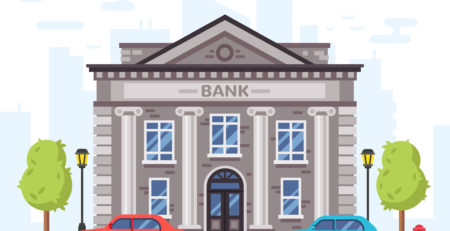Secured Loans vs Unsecured Loans
Shopping for personal loans will turn up two different types: secured loans and unsecured loans. Here, we’ll discuss the difference between secured and unsecured loans, which one will better fit your needs, and the types of loans you can find at Koster’s Cash Loans. Let’s dive right in!
What Is Secured Debt?
Secured debt is a type of debt that is achieved by using a piece of collateral owned by the borrower to anchor, or secure, their personal loan. Secured loans or debts always have a piece of collateral attached to the loan itself; the collateral itself is what secures the loan. The collateral can be anything of value, but is often the borrower’s car. It can also be:
- A piece of real estate
- Bank accounts
- Stocks
- Mutual funds
- Bonds
- Other vehicles such as trucks, SUVs, motorcycles, boats
- Insurance policies
- High-end collectibles or other valuables (precious metals, antiques, secured credits cards, etc.)
These types of loans are frequently called title loans, too, because the car’s title is what actually secures the loan.
Secured vs. Unsecured Loans: What’s the Difference?
As previously explained, a secured loan is one that has a piece of collateral attached to it that the borrower puts up to secure the loan, often, their vehicle. If the borrower cannot repay the loan within the terms stated in their agreement with the lender, the lender can seize that collateral in lieu of repayment.
An unsecured loan is a personal loan borrowed from a lender without putting up any collateral. These types of loans are often called “signature loans” because the loan is completed by the borrower simply signing the contract with the lender. In the case of an unsecured loan, the lender assumes a higher risk, because there is no collateral from the borrower at stake. If the borrower defaults on the loan, it is up to the lender to get their funds back.
It is important to note that Koster’s Cash Loans only works with unsecured loans. You will never be asked to put up collateral of any kind when you borrow from us.
What to Know Before You Take Out a Loan
Before you decide to take out a personal loan, it is crucial that you have an established payoff plan. That means that you are prepared to pay back that loan on the terms stated by the lender.
Which Type of Personal Loan is Best for You?
Secured loans are frequently viewed as a safer bet than unsecured loans for borrowers. The associated fees for a secured loan and the interest rates for its repayment plan are usually much lower.
However, if you don’t have a bank account, if you don’t have any collateral to offer up, and if you need the money urgently for an emergency (medical bills, auto repair bills, mortgage payments, etc.), unsecured loans are available.
Did You Know?
You don’t need a checking account to get a cash loan from Koster’s! Our team is available to help you every step of the way. Life happens. Koster’s can help.
Additionally, when you qualify for an unsecured loan, you don’t have to use any of your money or property as collateral. This is important to note, because if you default on a secured loan, the lender retains the right to take whatever you put up for collateral.
Unsecured loans are also a good way to help establish and build credit if you can pay them off within the designated time frame and the lender reports payment history to the credit bureau.
Pros and Cons of Secured and Unsecured Loans
This chart sums up the pros and cons of secured versus unsecured loans.
| Pros | Cons | |
|---|---|---|
| Secured |
|
|
| Unsecured |
|
|
How to Pay Off Secured and Unsecured Debts
Determining which loan to pay off first is usually called “debt prioritization”, meaning that you are taking a proactive approach to try to repay your debts as quickly as possible.
- One recommended strategy involves paying off the debt with the highest interest first. Once that debt is paid off, you go after the next highest interest rate loan, and so on down the line. This is called the debt avalanche method.
- Another strategy, the debt snowball method, focuses on paying off the smallest debt first, while still making payments on the other debts. This helps generate momentum toward repayment and helps to get all of the debts down at once.
- Finally, it is sometimes best to prioritize repayment based on your needs. For example, if you lose your job and have to choose between your mortgage payment or a high-interest credit card repayment, paying the mortgage is the best option so that you can keep a roof over your head.
Koster’s Cash Loans: Get the Loan You Need Today
No matter what type of loan you are looking for, it can be beneficial to understand the differences between secured and unsecured loans. Knowing the pros and cons of each type of loan, as well as the potential debt prioritization strategies, can help you make an informed decision about the loan right for you. Koster’s Cash Loans is here to help provide you with unsecured loans at flexible terms and reasonable rates. Contact us today to learn more about how we can help you secure the loan you need.







